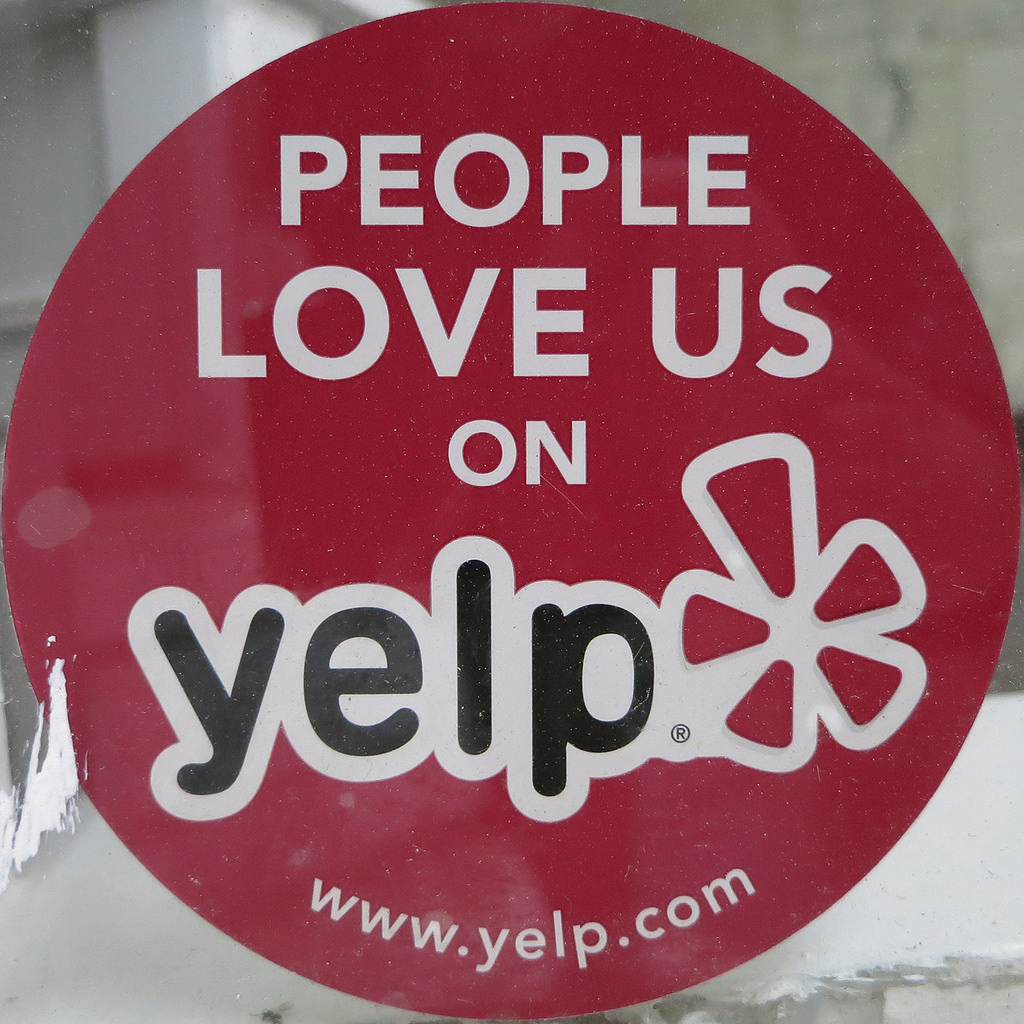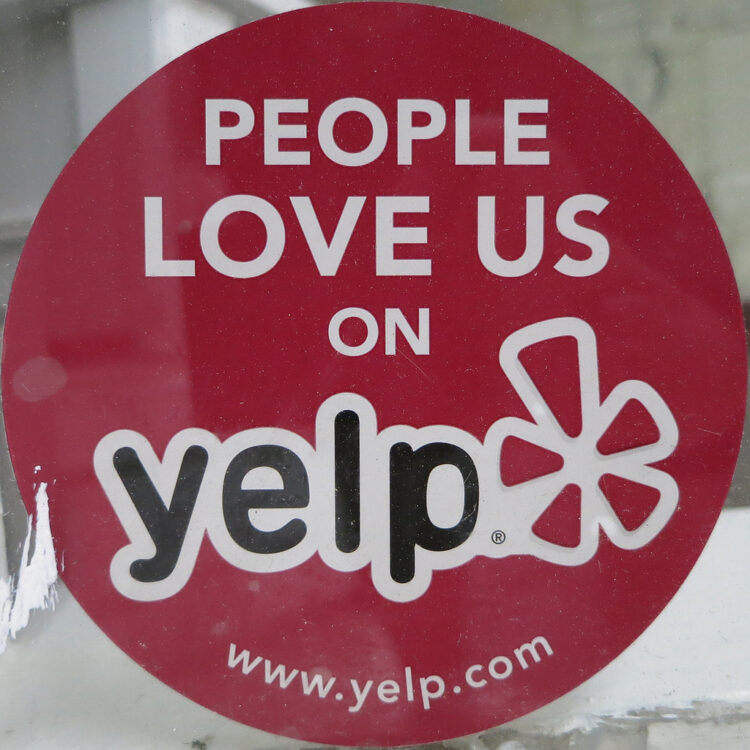
The rise of social media has made it easier than ever for customers to share positive experiences about your business with others. Social media has also made it easier than ever for these customers to express dissatisfaction.
As all too many business owners know, two big platforms — Facebook and Yelp — make it extremely easy for customers to leave business reviews, good and bad. In most cases, reviews stay on your page forever. It is not surprising that many business owners stress out at the prospect of receiving a bad review.
Although every situation is different and will accordingly require a personal touch from whomever at your company is charged with responding to reviews, there are a few steps everyone should take in dealing with negative reviews on social media:
Ask yourself: Is what the reviewer described a legitimate issue? Read the review closely and use your critical thinking skills to try and determine whether the customer was just having a bad day, or if there is a legitimate issue at hand.
Especially in a small business in which you have a large stake, it can be easy to read a review and think, “No way — there is not a chance the situation happened as this reviewer described!” The sooner you can change your perspective and remove yourself from the situation, the more likely you are to find a real solution.
If it is a legitimate issue (bad service, a rude cashier, stale food), the very first thing you need to do is fix it. Until the problem goes away, you are probably never going to be finished responding to bad reviews.
Do not take negative comments personally. Again, try your best to put yourself in the reviewer’s shoes. The minute you take it personally and respond accordingly, you lose. You are never going to come out ahead if you try to argue with the reviewer. (“There is no way you had bad service on Thursday. Tracie is a great waitress and if she was rude there must have been a reason for it.”) You need to empathize. If you need to, step away from the situation for a little while to cool your head.
Respond and try to take it offline. Here is where we get into social media customer service 101: Rather than trying to resolve the entire situation for the world to see, take it offline. Acknowledge the legitimacy of the complaint, say what you are going to do to fix it and ask for the reviewer’s email or phone number (or, give them a good number or email address at which to contact you directly).
This gives you the opportunity to regain control of the conversation while also showing you are paying attention to the issue. Do not give a canned response, either — people will notice if you give the same response over and over again.
Here’s a good example: “Hi, Dylan. I’m sorry to hear you did not enjoy your food on Thursday. I would like to talk to you to hear about what you did not like and how we can make it better. Give me a ring at 402-867-5309 and we will figure something out.”
Know that not every customer can be won over. Back to social media customer service 101: not every customer can be won over. Some will fight you tooth and nail and do everything they can to get a rise out of you. You need to know a troll when you see one and ignore him or her accordingly.
If there is good news in all of this, it is that most — most — customers will not take any one review too seriously. 1 or 2 bad reviews alongside a slew of positive ones looks like an anomaly, and in my experience, customers tend to recognize that.
If you have a lot of bad reviews, either a competitor paid a bunch of people to leave negative reviews about your business, or there is a more serious problem you need to address. One or two bad reviews is an anomaly; a majority of bad reviews is a sign of a bigger problem. In the case of the former, do not be afraid of asking customers you know and trust to leave their own positive reviews.
For businesses in the second camp, there is no PR or social media strategy in the world that will help you forever — you would need to change your business for things to get better, and even then, there is no guarantee customers would come back. For businesses in the first camp, you would be surprised how much being responsive and cordially attempting to resolve issues actually helps.
Image credit: CC Mark Morgan



